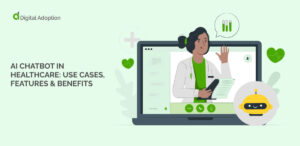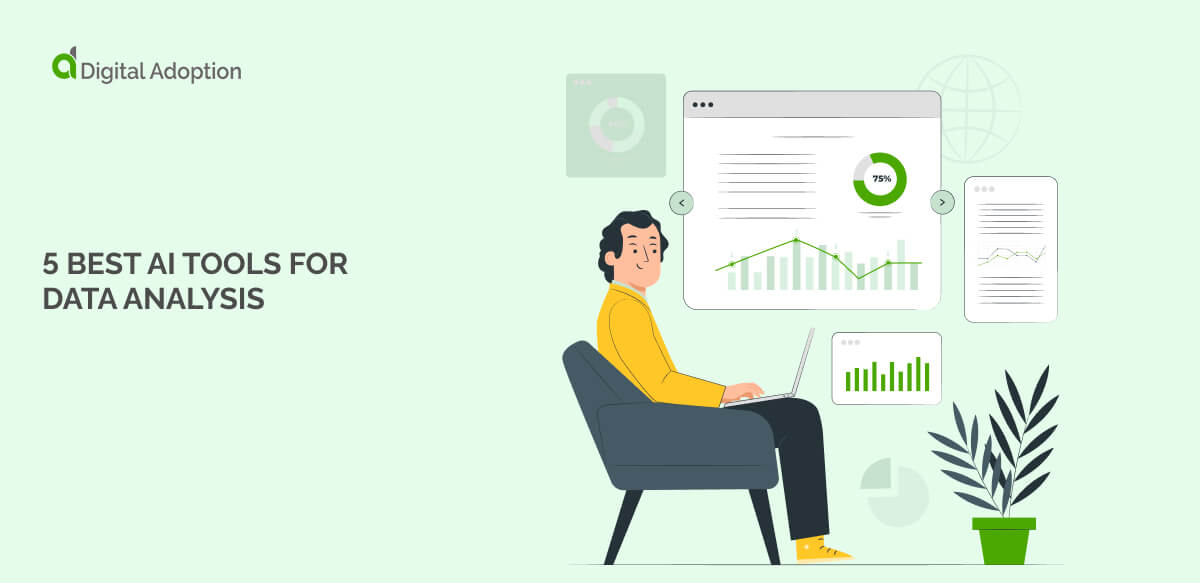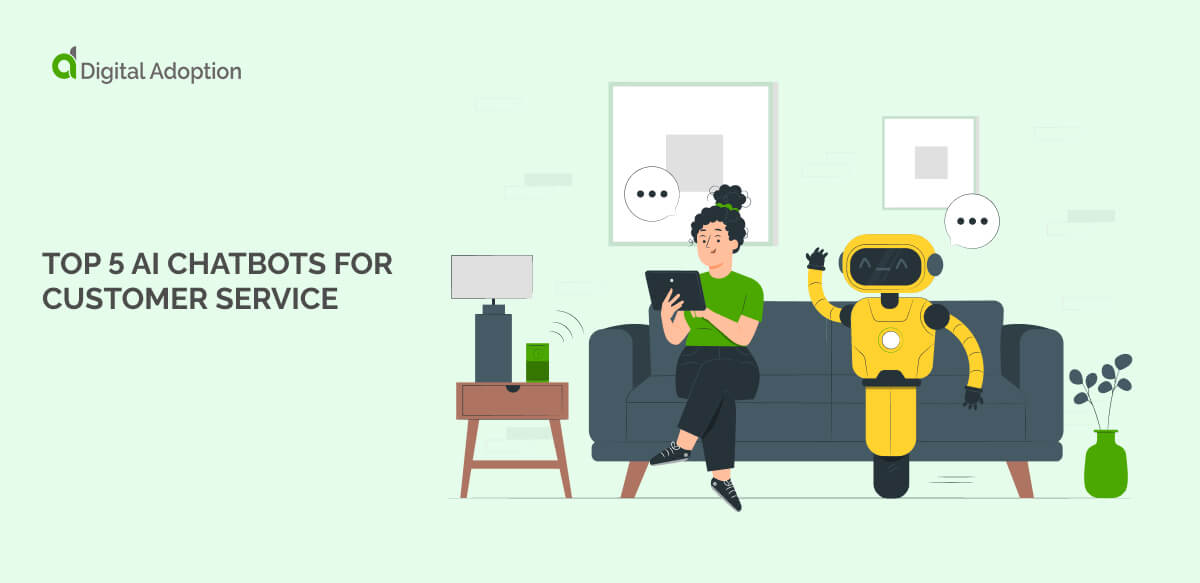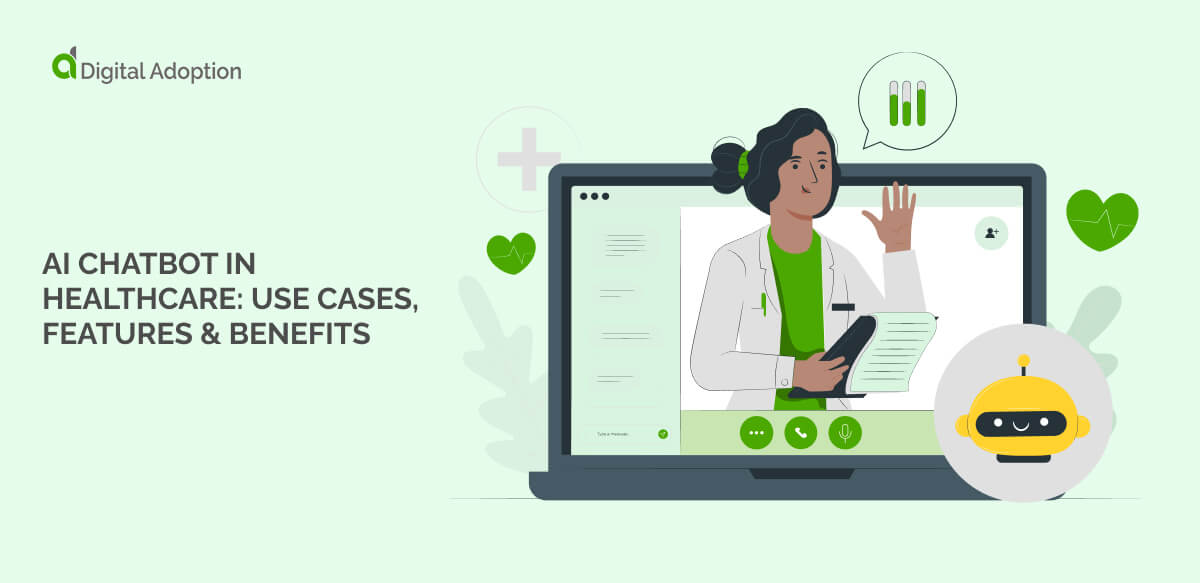After COVID-19 ends – during the next normal – digital adoption and digital transformation will both become more crucial to survival, success, and profitability.
Below, we’ll learn how COVID-19 is affecting digital technology and how the digital landscape will change after the pandemic ends.
How Will Digital Adoption Change in the Next Normal?
To prepare the workplace for the post-COVID era, it is important to understand how today’s trends will reshape the next normal.
Here are a few trends to watch for in the near future:
The next normal will be more digital
Though the pandemic has resulted in a profound financial crisis, that same crisis has actually fueled digital growth in a number of areas.
Many businesses, for example, implemented telecommuting policies almost overnight during the first few months of 2020. As a result, technologies such as cloud computing and online conferencing software saw major growth.
Other technologies, such as automation and robotics, also received more investment during the pandemic.
Ultimately, these trends will continue to push the economy for a future that is more digital and more fast-paced than the years leading up to 2020.
Remote working will become more common
Remote working, as mentioned, spread across the globe in a matter of months, if not weeks.
Though some suggest that “the future of work is remote,” the future workplace will likely be a hybrid of on-site and off-site work.
Many employees have taken a liking to telecommuting, though the majority of employees would prefer to do it only part-time, rather than full-time.
The digital skills gap will continue to widen
Digital technology has been advancing faster than most employees can learn it.
This trend has resulted in a digital skills gap – employers need a certain skill set, but the talent pool struggles to fill that demand. These skills deficits inhibit an organization’s performance, its ability to innovate, and more, which is why digital skills have become such a trending topic in recent years.
Since technology continues to proliferate and outpace employees’ skill levels, employers will need to focus heavily on employee training and digital adoption.
Conclusion: digital adoption will become even more important
The digital revolution is ongoing, so digital transformation and adoption will remain priorities for some time to come.
As we emerge into the post-COVID era, we can expect to see more widespread use of today’s emerging technology, such as:
- AI
- Automation
- IoT
- Virtual and augmented reality
In short, the next normal will be more digital than today’s economy.
To survive and succeed in that era, companies must stay focused on digital transformation and adoption.
Preparing a Digital Adoption Strategy for the Next Normal
Digital adoption is a prerequisite for successful digital transformation – after all, if employees can’t use new digital tools, they won’t be able to drive a company’s digital growth.
Below, we’ll explore a few key components to include in a digital adoption strategy:
Digital adoption platforms (DAPs)
Digital adoption platforms (DAPs) provide in-app training and guidance to users, whether those users are employees or consumers.
A DAP can be used to:
- Onboard new users, by offering pop-up tips and product tours
- Improve digital skills through in-app walkthroughs and contextualized support
- Automate repetitive tasks, freeing up users’ time for more valuable activities
With the proper digital adoption strategy, DAPs can significantly boost employee productivity, while also minimizing software-related frustration, inefficiencies, and errors.
Create a structured digital onboarding program
HR professionals often emphasize the importance of having a structured employee onboarding program. That program includes orientation, meetings with managers, office tours, and other activities designed to help employees successfully integrate into the work environment.
However, since many enterprise employees spend their time in a digital environment, it is important to include a digital component to the onboarding process.
Rather than relying on traditional training techniques, such as lectures or classroom training, it is best to focus on practical skills training – yet another reason to consider investing in a DAP.
Measure, learn, and improve
Every digital adoption strategy should be structured, replete with goals, objectives, and metrics.
Measuring results is the only way to actually know what works, what doesn’t, and how to improve.
The digital adoption process focuses on maximizing employee productivity and performance, among other things.
Therefore, it is important to map out the relevant stages of the employee journey, assign appropriate goals for each stage, and make adjustments based on data.
For instance:
- Initial software onboarding will be aimed at shrinking learning curves, simplifying the onboarding experience, reducing time-to-competency, and keeping employees happy
- Long-term training will prioritize engagement, performance, and productivity
- Employee feedback and software analytics can be used to assess employee needs, then make adjustments to the training program as needed
Continually improving the adoption program will result in better employee metrics across several dimensions. In turn, employees will be better prepared to drive innovation and transformation in the post-COVID digital economy.

 FACT CHECKED
FACT CHECKED





![4 Best AI Chatbots for eCommerce [2025]](https://www.digital-adoption.com/wp-content/uploads/2025/03/4-Best-AI-Chatbots-for-eCommerce-2025-img-300x146.jpg)





